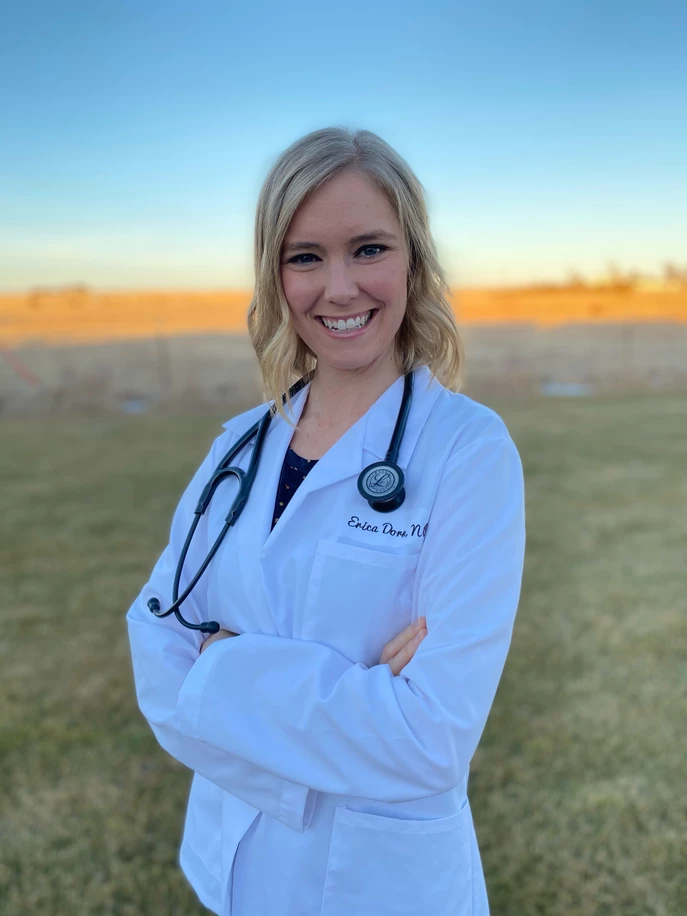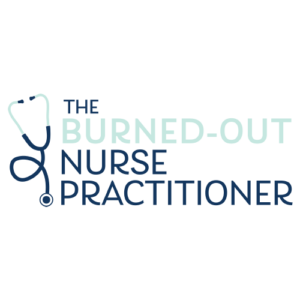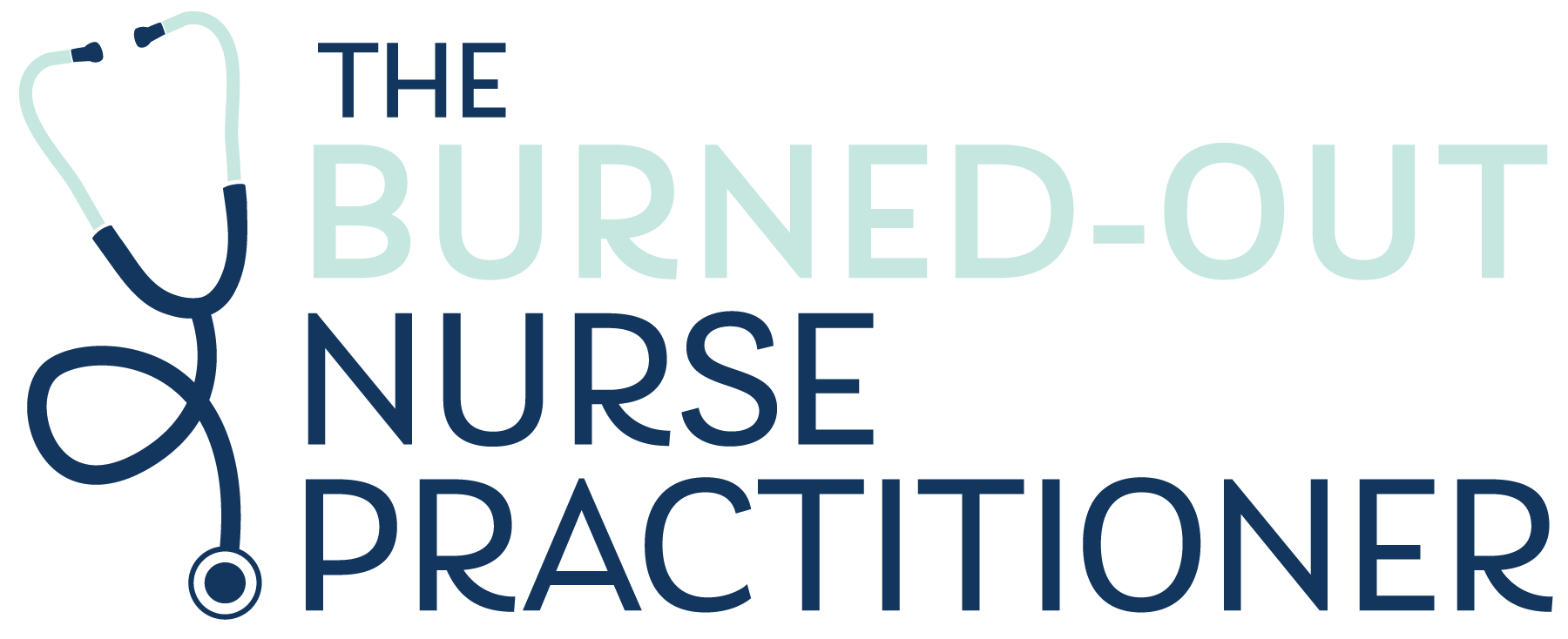Guest blog post by Jessica Reeves, MSN, MPN, APRN: The World’s Most Productive Nurse Practitioner
Ever find yourself spending hours finishing charts after you’re done seeing patients?
Wondering how this happened?
Look at the length of your chart note. Have you ever been reading through a patient’s chart and noticed how brief some of the notes are from other providers? Have you ever read one of these brief notes and found it to be missing some information?
Or – more likely – have you found that those briefer notes are easier to navigate, give you the information you needed without a lot of fluff, and in general make your job easier?
I think that Nurse Practitioners want to do a good job, and often get stuck going into great depth with the patient in the visit (which can make them run late), which carries over to charting on the visit – a lot covered in a visit means a lot to chart. Before you can say “double-booked”, it’s 8PM, everyone else has left hours ago, and the NP is staring at the computer screen wishing it would all just go away.
I blame two major factors.
But first let’s talk about what I don’t blame.
I don’t blame the NP – this doesn’t happen because an NP is careless or lazy.
I don’t blame the patients – yes, sometimes visits run long but some patients also don’t show up for their visits.
So where does this come from? One, the holdover from the documentation burden as an RN with care plans. A habit of writing so much detail about every single thing that happens (or is planned to happen) is a hard one to break. The different approach to documentation as an NP compared to RN isn’t typically covered in Nurse Practitioner programs.
Were you taught how to strike the balance between efficiency and effectiveness? Typically, you are alerted if something is way off base (or missing); other than that, feedback on charting is typically hard to come by as a student or as a Nurse Practitioner.
The other factor is that, as a profession, we don’t do much to nurture the role change from Registered Nurse to Nurse Practitioner. In school, there is a ton of information thrown at students – you learn a lot about pathophysiology, pharmacology, research methods, and the like.
But what of professional development? By now, you realize that there is a difference between a Registered Nurse and a Nurse Practitioner; an NP is not just an RN with a ton more knowledge crammed into their brain. The day-to day demands are much different, the leadership role is different, and the expectations are different.
No matter which stage of your career as an NP you are in, if charting is taking too much of your time, you will be well-served to develop a strategy that will work for you to put your charting in its proper perspective. Chart notes should reflect the visit, and 90% of visits (rough estimate) should remain focused on the reason for the visit.
A focused visit leads to a focused note.
Devote two to three sentences to the subjective portion. The bulk of your objective section is going to be coming from the pertinent positives/negatives from all the clicking in the chart; you might need to add a brief note to describe any unique findings (think: the particulars of a wound or a skin lesion). Assessment and plan are combined into one: diagnosis/es plus a few lines (no more than four or five) describing brief rationale for diagnosis and plan to treat.
Want to know what it can actually look like?
Subjective: Patient presents with concern for lesion on R side of face below eye. First noticed upon awakening two days ago; affected area is painless with no significant change since onset. Patient has applied warm compress and picked at the lesion without significant change in presentation; otherwise, no treatment. No significant contributing history.
Objective: Appearance normal, no acute distress; alert and oriented x3. Vital signs stable. Normocephalic. Hearing normal, external ear normal. EOM normal, PERRLA. Heart sounds normal; no murmur, friction rub. Respiratory effort normal, lung sounds normal. Lesion noted on face, R maxillary region near temple. Lesion is approximately 0.5CM in diameter, no significant erythema of overlying skin, nonfluctuant, indurated with white-colored center. No drainage noted. No significant tenderness to palpation. (Note: most of this objective information should be auto-populated from your EMR by clicking pertinent positives/negatives.)
Assessment: Closed Comedo. Patient’s clinical presentation and history of symptoms suggestive of closed comedo; differentials include abscess, nodular acne, cyst. Patient to apply benzoyl peroxide topically twice daily for 5-7 days, wash with gentle cleanser (such as Cetaphil) and lukewarm water, pat skin dry. If symptoms persist, change, or worsen, return to clinic for follow up.
It really should be that simple if you approach your visit and your note with focus. After reading this note, imagine this visit: patient has a lesion > look at the lesion > discuss the lesion and plan. We don’t need to get into details of how well the patient has been sleeping. We don’t need to know whether the patient has fully healed from their Achilles tendon surgery. All we need to talk about it this lesion, and if we keep it that way, all we need to document is this lesion.
Choose five random notes from the last day that you were in clinic, and read them with this approach in mind. Ask yourself: do they make the cut? Where is the fluff that you could trim? What is the unnecessary level of detail that you could remove? Find these, and you’ll be that much closer to getting out of the clinic on time with all of your charts closed.
Jessica Reeves, MSN, MPH, APRN is a Nurse Practitioner and coach based in New Hampshire. She is also the author of Secretes From The World’s Most Productive Nurse Practitioner (available wherever books are sold). Learn more at www.ourcoach.online or email her at worldsmostproductivenp@gmail.com
For more tips and tricks on charting and time management, check out The Time Management and Charting Tips Course!

For time management and charting tips, check out The Nurse Practitioner Charting School– The one stop for all documentation resources created specifically for nurse practitioners. Learn more at www.npchartingschool.com

**Full disclosure, this blog post may include affiliate links. I do receive a commission if any of the affiliate programs/services/supplies are purchased. This is at no extra cost to you but does allow me to continue to provide content as The Burned-out Nurse Practitioner! Thank you!




